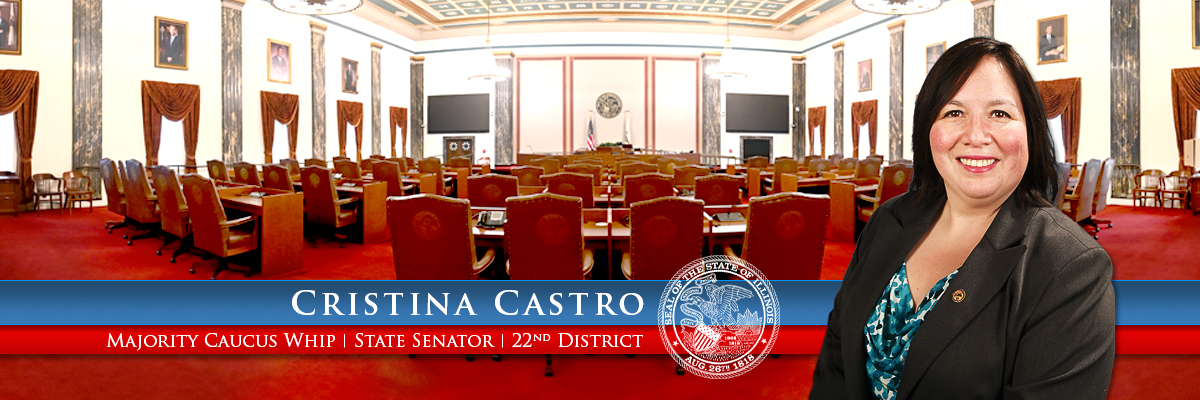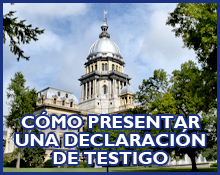 ELGIN – State Senator Cristina Castro is announcing that school districts in the 22nd District will receive about $157 million in additional funding to help address the many challenges presented by the COVID-19 pandemic.
ELGIN – State Senator Cristina Castro is announcing that school districts in the 22nd District will receive about $157 million in additional funding to help address the many challenges presented by the COVID-19 pandemic.
“I want to acknowledge all the hard work students, teachers and parents have undertaken in the last year as we all adjusted to these unprecedented times,” Castro said. “As we begin to transition to what life was like before the pandemic, I encourage schools to use this funding to help students who have been disproportionately impacted over the past year.”
The funding comes as part of the most recent federal COVID-19 relief packages. Schools, students and parents have overcome challenges that no one could have imagined before the pandemic began, including remote and hybrid learning, digital connection issues, new processes for receiving state and federal aid that normally flow through schools, and more.
Local school districts are set to receive the following amounts:
- School District Unit 46 - $95,027,296
- Community Unit School District 300 - $29,746,705
- Township High School District 211 - $13,400,938
- Schaumburg Community Consolidated School District 54 - $18,762,224
The majority of the funding comes from the American Rescue Plan, which gives local schools a great deal of flexibility in how they can use the money over the next 3 ½ years. At least 20% of the funding must be used to address learning loss, but beyond that, school districts can use the money to address many different issues and costs. For example, it can be used to better equip schools for safe learning, to prevent layoffs, to address students’ social and emotional needs, to fund summer programs, or to ensure all students have access to reliable Wi-Fi and technology.
The State Board of Education, in collaboration with other state agencies that address education, has produced a guide for local school districts to help them decide how to best use their resources. While the guide and other state-sponsored services are completely voluntary, the state aims to support local districts during this difficult time.
“The guide from ISBE was created with input from teachers, administrators, parents and students, and it will be a great resource for schools to rely on as we move forward,” Castro said. “I’m confident this funding for local districts will address stressors schools have faced throughout this pandemic.”
In total, Illinois received nearly $7 billion to support local school districts.





